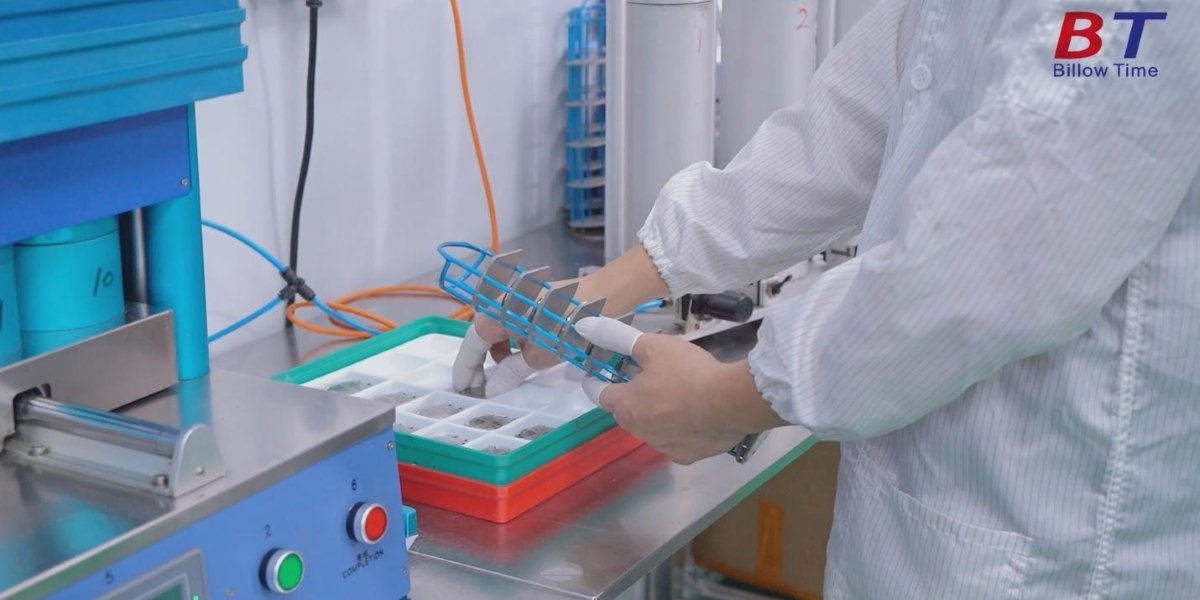By: Nicole Nelson
Capturing the Essence of Infancy through a Lens
In the expansive realm of photography, newborn photography emerges as a captivating yet relatively young genre. The challenge lies in freezing those fleeting moments of infancy, requiring a unique set of skills and knowledge. One individual who has embraced this challenge with passion and dedication is Karina Koba.
Karina’s journey into the world of photography was sparked by the birth of her son. The overwhelming emotions she experienced during those early moments with her child ignited a profound desire to immortalize the innocence and tenderness of newborns through the lens.
Embarking on a path of learning from seasoned photographers, undertaking specialized courses, and participating in numerous workshops, Karina honed her skills. The goal was to carve out her distinctive style and establish herself as a sought-after expert in newborn photography. Today, she shares the secrets of this unique and exhilarating profession, offering insights for aspiring photographers and those dreaming of capturing the delicate beauty of infancy.

The Art of Equipment:
Karina’s tool of choice is the Canon 5D Mark III, a formidable camera renowned for its full-frame capabilities and exceptional ISO range. This versatile equipment, coupled with the Canon 50mm f1.4 lens, delivers impressive results, particularly in low-light conditions. The camera’s warm color reproduction and skin tone accuracy contribute to the overall excellence of Karina’s work. The addition of the Profoto A2 strobe light enhances the photography experience, creating natural light diffusion with a smooth falloff.
While acknowledging the significance of a photographer’s skills, Karina emphasizes the necessity of good equipment to ensure high-quality shots. This combination of camera and accessories proves ideal for newborn photography as well as other genres like milestones, cake smash, and maternity shoots.
Meeting the Demand:
Addressing concerns about the demand for newborn photography, Karina assures skeptics that the demand only continues to grow. In a world where every parent aspires to capture their little one in the classic newborn style, the market remains vibrant. Despite the optimal age for newborn sessions being the first two to three weeks of life, Karina shares her expertise on conducting successful sessions for older infants.
Tips for Photographing Older Infants:
- Start with Swaddled Poses: Initiate the session with swaddled poses to calm and relax the baby. This approach sets the stage for comfortable and endearing poses.
- Transition Poses: Move to different poses like the “pretzel” pose, “peanut” pose, or “potato sack” pose on a beanbag, pillow, or stand. This allows for variety without disturbing the baby’s peace.
- Basic Positions: Explore basic positions like tummy, back, and side poses. These positions ensure the baby’s comfort and provide diverse shots.
- Endearing Tummy Pose: Karina suggests the tummy pose for babies older than one month, capturing their adorable features and maintaining the essence of newborn photography.
- Hide Signs of Growth: The goal is to capture the baby as a newborn, hiding the fact that they’ve grown. Avoid frames with parental hands, especially when the baby is older, to maintain the illusion of infancy.
- Visual Tricks: Use slightly larger props and darker tones for wraps and backgrounds to make the child look visually smaller. The right viewing angle can also enhance this effect.
Creating a Comfortable Environment:
Understanding that a photoshoot can be an unusual experience for both the baby and the mother, Karina emphasizes the importance of creating a relaxed environment. If the mother is nervous, it can impact the baby’s mood. Ensuring the baby is well-fed before the session contributes to a smoother and more comfortable experience.
Crafting Unique Stories:
In Karina’s view, each photograph of a newborn tells a unique story of a little angel recently welcomed into the world. A successful photograph goes beyond technicalities; it encapsulates a specific plot, image, theme, and idea. Achieving external harmony in a photograph requires the photographer’s talent and skill, developed through continuous learning and self-improvement.
Karina Koba’s journey is a testament to the transformative power of persistent effort and accumulated knowledge. From capturing the essence of her own child’s infancy to becoming a recognized expert in newborn photography, Karina found her calling in freezing those cherished moments in time.
Aspiring photographers can take inspiration from Karina’s story, understanding that success in newborn photography, like any other art form, requires dedication, continuous learning, and a genuine love for the subject. In the delicate world of newborns, Karina Koba has not just found a profession; she has discovered her true calling.














